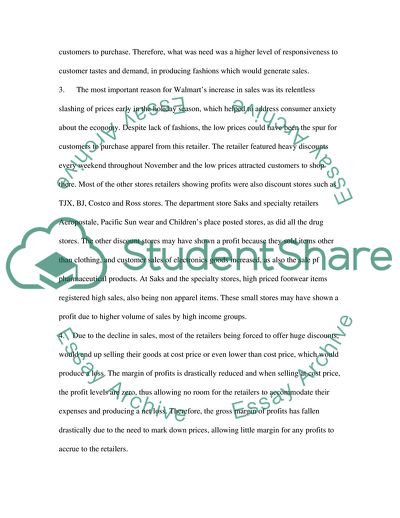Disappointing Sales During Holiday Season Coursework. https://studentshare.org/finance-accounting/1711460-december-2007-retail-sales
Disappointing Sales During Holiday Season Coursework. https://studentshare.org/finance-accounting/1711460-december-2007-retail-sales.


